I'm designing a FET gate driver that allows 1.8V MCUs to control FETs up to 100kHz.
FETs to be used will vary a lot so I'd like to have as much current drive as I can.
I need it to be based on discrete transistors.
What could I add or remove to improve performance?
Not shown are capacitors close to the driver components. I've considered adding a Schottky diode in parallel with RGate to improve turn off.
Transistors are BC847BW / BC857, V+ is 9V ~ 30V. Resistors are to be chosen.



